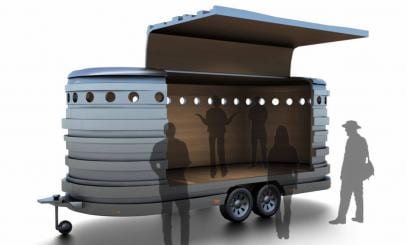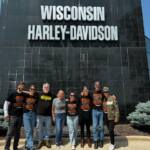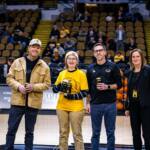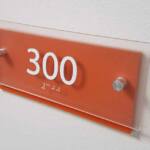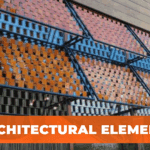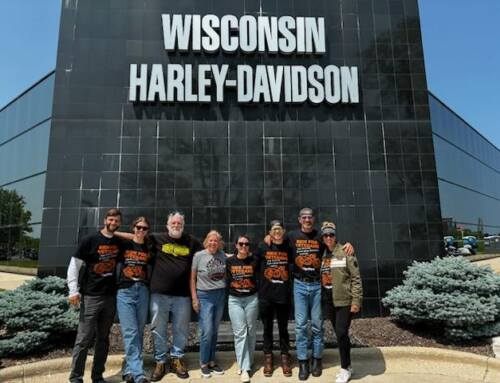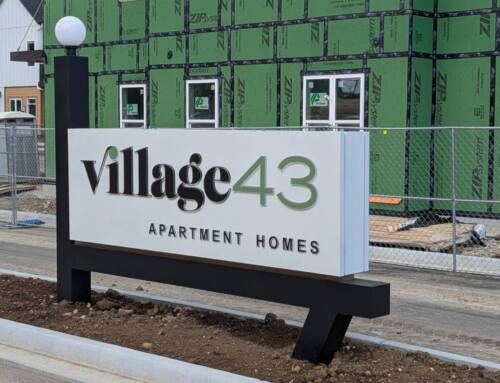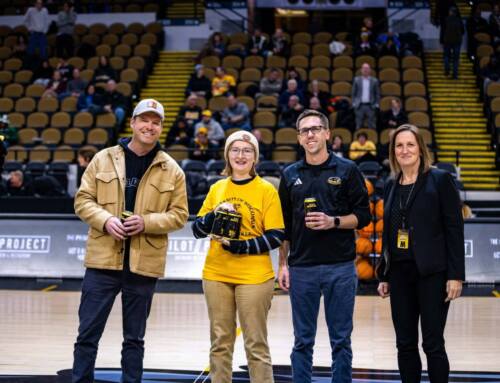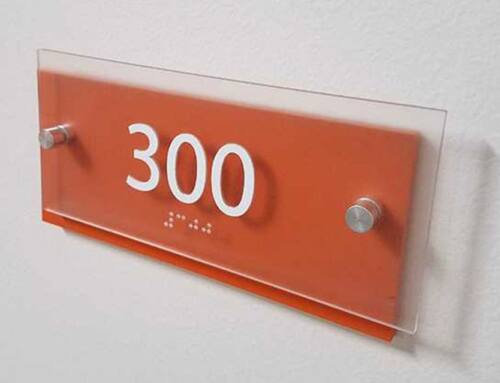In the city of Redmond, Washington folks take their art seriously. A quick Google search nets 36 art galleries, studios and museums. And the local art commission is actively involved in strategies that nurture an artistic and inventive viewpoint. It adds up to a community that embraces innovative and creative ideas like the one artist Janet Zweig brought me in on.
Over the years, I’ve been fortunate to have gotten to know Janet and we’ve established a solid working relationship. We’ve partnered on her projects in Seattle, New York, Orlando and St. Louis. Most recently, she’s been commissioned as the creative force behind a project called the “Redmond Moving Art Center”.
TAPPING INTO ARTISTIC ENERGY
This is a project that “taps into the energies of Redmond’s many talented people involved in the arts, and its several yearly festivals and events including Ananda Mela, Redmond Lights, Derby Days, Festival of Color and more. In addition, the project addresses two needs that have been expressed in Redmond: the need for an art center and the need for a clearinghouse for information for the arts.”
The project vision calls for a mobile trailer like you’ve never seen before! My first impression of the concept drawing was that it looked like a futuristic horse trailer. The trailer is to have two components…a mobile stage and a recording studio. The vision of the folks behind the project is to bring out the trailer at Redmond’s festivals, parks and neighborhoods and, with the help of a producer, record local content.
FIGURING IT ALL OUT
Our job is to collaborate with Janet on figuring out how to bring it to life. And the first step was taking a close look at how project vision meshes with financial considerations. Can it be done or what changes need to be made is the key question. We call it value engineering. It’s what gets us to the “landing budget”.
From the get go it was clear that our approach would be to purchase and trick out a brand new trailer rather than build a trailer from the ground up. The purchased trailer came with all the pre-made structural engineering done. Besides, building a one-off trailer would be cost prohibitive.
So we bought a flatbed trailer, brought it into the shop, did a close survey of it and basically re-built in our auto cad system. This gave Janet and I the opportunity to play with different design, engineering and functionality scenarios for the enclosure. It was a fun experiment in cosmetics!
Safety and highway compliance are huge factors. That means a key next step was for me to do extensive research into the State of Washington State Patrol DOL (Dept of Licensing). I poured through Washington State’s regulations as well as title and registration requirements for trailers. With approvals in hand, we could start cutting apart the frame structure of the brand new trailer. Once the trailer is ready, we’ll have to submit it for inspection for safety and registration purposes.
One of the key things I learned in researching the trailer industry is that it doesn’t allow for the easy purchase of off-the-shelf parts. So we will have to fabricate many of the parts, which is something we like to do.
THE BIGGEST CHALLENGES
The biggest challenge we faced was engineering the articulation of the trailer’s one and only door. After considering several options we determined it would be a 14’ long gullwing door, a feature that fans of the move Back To The Future will recognize. That’s because the door will look like a DeLorean automobile door.
It’ll be gas-spring driven, which is essentially the same mechanism as the hatchback of most mini-vans on the road today. It’s familiar to us because we use gas springs on vandal shields or access panels of signs.
The artist intention of the design is that the trailer serves as a resonance chamber, broadcasting the sound out of the opening created by the gullwing door.
THE NUTS & BOLTS
We’re at the beginning stages of this project, so there still are many milestones. Here’s what the plan calls for.
- Brush stroke, mill-finished aluminum for the exterior. Bamboo wood floor interior. Low voltage LED lighting throughout. Includes stage lighting on the gullwing door when it’s in the open position.
- Battery packs and charging system w/b installed under the floor so it can run independently and doesn’t have to be hooked up. AC hookup to charge the batteries. Allows for 120 V outlets for amplified music.
- Acetyline torches, etc. used to modify the car hauler.
- Overall size: 11’ x 22’.
